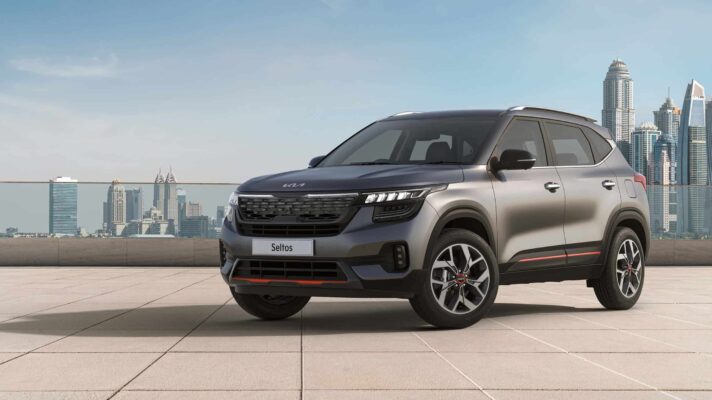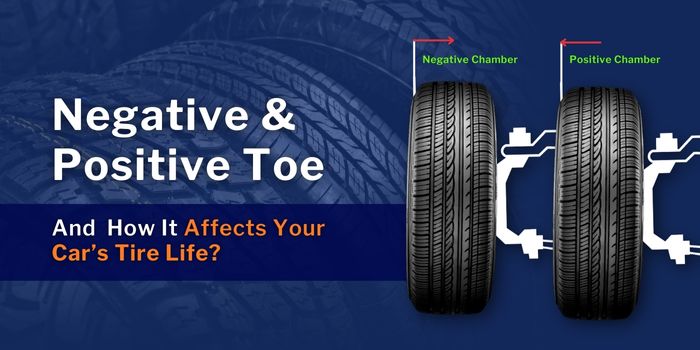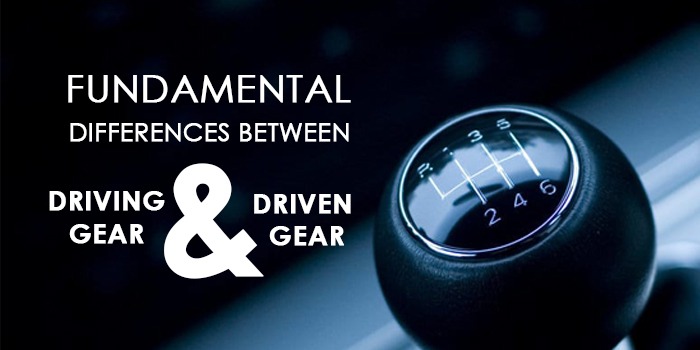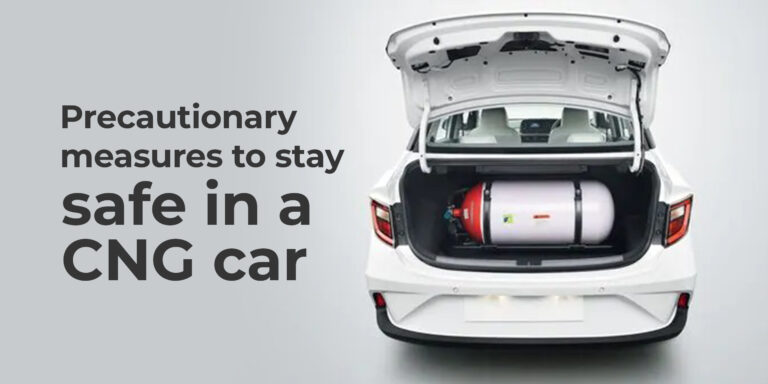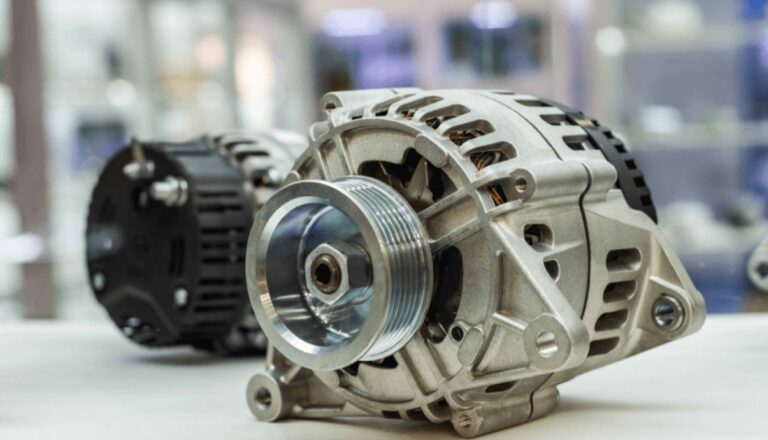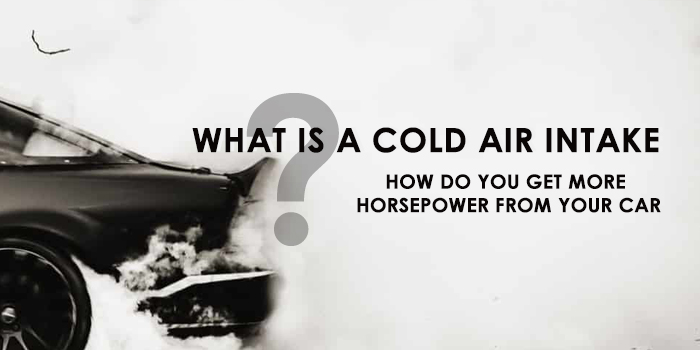
A cold air intake air filter system has some important performance benefits in a vehicle such as better throttle response, more horsepower, better towing ability and higher efficiency. But what is a cold air intake and how does it work?
This article takes a closer look at cold air intake benefits, their advantages and disadvantages and compares different types of systems like cold air intake vs snorkel and open air vs cold air intake.
What is a cold air intake?
A car engine produces tremendous heat under the hood which results in hot air being sucked into the intake manifold. This is not the ideal condition for combustion because hot air contains less oxygen and will burn with less power in the combustion chamber. A cold air intake contains a heat shield and is placed above the hood or below the bumper, away from the hot environment of the engine.
The principle behind higher performance and better efficiency is that cold air is denser than hot air and contains more oxygen. This causes the combustion to work more efficiently in the cylinders. The air-fuel mixture ratio is stable and complete combustion takes place leading to fewer emissions and increased performance.
Also Read The Parts of a Car Engine: A Comprehensive Overview
Cold air intake benefits and disadvantages
Car enthusiasts often dream of enhancing their vehicle’s performance and efficiency by adding aftermarket parts as opposed to using OEM components. Manufacturers usually play safe and assume that cars are used as daily drivers, ignoring the fact that some owners like to extract every last horsepower they can from the engine.
A cold air intake has some pros and cons as listed below while being an easy install and quick upgrade from stock condition.
Pros of cold air intake
Higher horsepower – cool air burns far more efficiently than hot air due to increased oxygen content. This immediately bumps up power in the engine due to complete combustion. Cold air intakes can increase horsepower by about 5 -10 % depending on the engine state.
Faster acceleration – better combustion equals better acceleration. Throttle inputs are immediate and maximum power and torque are achieved faster.
Better fuel economy – When your engine is forced with hot air, it ends up burning more fuel to compensate for the lack of density. Cold air intakes provide an air-fuel mixture that is efficiently burned and used less fuel overall.
Also Checkout Tips to Increase Your Fuel Economy and Save Money
Easy installation and better filtration – cold air intake air filters are a quick fix and can be replaced when they get dirty. All it requires is some soap, water and oil to keep the filter in good condition.
Throaty engine sound – stock air filters are designed to be restrictive and silent. Cold air intakes are free flowing and draw in more air per second resulting in a raspier engine note.
Cold air intake disadvantages
Expensive – the increased complexity of routing pipes, heat shields and superior materials used in cold air intake makes them more expensive than stock air filters.
Location of the filter – keeping the air filter outside the hood away from heat means there is more chance of dust and debris getting through because the engine bay would otherwise provide more protection from the environment.
Re-tuning of ECU – a cold air intake systems change the volume and density of intake air leading to instability of the mass air flow sensors responsible for adjusting the air-fuel mixture. The ECU needs to be remapped to accommodate the new air filter.
Also read 5 Alarming Reasons Why Your Car Ac Is Blowing Hot Air
Cold air intake vs Snorkel: What’s the difference?
With a snorkel, your car or SUV can wade through water with the air filter remaining above the surface to prevent the ingestion of water into the engine. This is helpful for vehicles that go off-roading and need to get across shallow ponds and bodies of water. Snorkels often extend up to the vehicle’s roof line and look like a periscope.
Cold air intake air filter systems are usually placed near the hood and do not have extended routing pipes. Their purpose is to keep the engine heat away from the intake airflow.
An open air vs cold air intake has its air filter exposed and allows air to flow freely into the engine. In contrast, a closed airbox has a casing which restricts airflow allowing it to enter through small openings.
Also read Fuel Injection Vs Carburetor: Which Is the Best?
Conclusion
A cold air intake can be worth it if you are looking for a performance upgrade in your car. If you couple the free-flow air filter with a racing exhaust system and retuned ECU, you are looking at some serious horsepower gains as well as better fuel economy. Stock Car air filters are essentially restricting airflow to the engine in order to keep noise low, and to avoid stressing the engine in the long run.
Many aftermarket manufacturers offer cold air intake systems that are easy to bolt on and are made from superior materials to improve durability and enhance power. The best part is they can be installed in your home garage with minimal tools and equipment. All you need is a basic understanding of common components and you could be on your way to a better driving experience in a matter of hours.
This article provided you with some informative material on cold air intake systems. For other such informative articles, check out our blog posts on Fuel System Cleaning: Clean the System Quickly and How to Change Coolant in Car or visit Carorbis Blog for more.
Frequently Asked Questions
Q1. What is a Cold Air Intake Used for?
Ans. The primary function of a cold air intake is to provide the engine with cold air in an otherwise high-temperature environment. Cold air intakes are positioned away from the engine block where most of the heat is generated. They are placed above the hood, below the front bumper or inside the engine compartment where it is cool. Cold air intake is used to provide more power to the engine. The principal behind this is that cold air is denser and has more oxygen. This allows more energy to be generated from the combusting fuel-air mixture resulting in higher horsepower. Cold air intake is often combined with a free-flow exhaust system and a remapped ECU. The power exhaust system lets burnt gases flow out more freely, and the remapped ECU dynamically adjusts the air-fuel mixture by manipulating the fuel injectors. An increase of about 5-10 horsepower can be achieved with a cold air intake.
Q2. How to Clean a Cold Air Intake Filter?
Ans. Symptoms that you have a dirty cold air intake filter include decreased fuel economy, engine performing poorly, misfiring of cylinders, warning light on dashboard (check engine light), carbon deposits in exhaust fumes and strong petrol or diesel smell from the engine. You should check the cold intake air filter regularly for signs of dirt, and check the type of air filter (is it oil coated), ensure it is safe to use soap and water to clean it.
Remove the air filter from its housing and take care not to drop any dirt or debris into the airbox. Use an appropriate air filter cleaning solution to soak and rinse it thoroughly. Spray water to get rid of the cleaning solution, then allow the filter to dry by shaking it and setting it down for a while. Once it is dry, oil the filter (if it is an oil-coated type air filter), and replace it in the housing.
Q3. Can a Cold Air Intake Be Used on a Naturally Aspirated Engine?
Ans. Naturally aspirated engines do not have inter-coolers or turbo components. The best way to improve engine performance is to have cool air entering the engine intake. This can be achieved with a cold air intake, especially with engines that run hot in warm climates. Turbo engines do not require cold air intake systems because they have an intercooler to reduce the temperature of incoming air to the engine. Turbo components naturally heat up the air when compressing it, therefore an intercooler is necessary to cool the intake air in order to reap the benefits of the turbocharger. A naturally aspirated engine will show a marked increase in power with a cold air intake. A turbocharged engine does not require a cold air intake air filter.
Q4. Are Cold Air Intakes Bad in the Winter?
Ans. No, in fact, cold air intakes work better in cold weather because the intake air is denser and contains more oxygen in the same volume. This provides more power during combustion of the air-fuel mixture resulting in higher horsepower, better fuel economy and lower emissions. A 30-degree decrease in ambient temperature will give you around a 3 % increase in horsepower. Of course, there are many variables involved like airflow through the filter, air-fuel mixture controlled by the ECU or carburettor, and whether the vehicle is equipped with a low restriction-free flow exhaust manifold. The bottom line is colder, the better, so using a cold air intake filter system in winter when ambient temperatures are cooler, is good for engine performance.
Q5. Can Cold Air Intake Damage Your Engine?
Ans. It is possible that a cold air intake filter system may cause damage to your engine if it is not installed properly, and the necessary maintenance is not carried out. You can decrease the likelihood of damage if you can recognise signs of an issue before it causes a problem. Ensure to clean the air filter at the right intervals and oil it properly (if it is an oil-type air filter). The cold air intake air filter should be cleaned every 30,000 km or sooner if you drive in dusty conditions. There should not be any tears or gaps in the air filter, otherwise, dirt may find its way into the engine and cylinders potentially causing permanent damage. Proper installation is necessary for the air filter to work in good condition. Any loose clamps may cause uneven airflow and the ECU may dump more fuel into the combustion chamber. Always follow manufacturers’ advice and consult a service technician if you suspect a problem.
Q6. How Much Does a Cold Air Intake Install Cost?
Ans. A cold air intake is a performance part that cools and filters the intake air to improve engine efficiency and power. The cost of a cold air intake depends on the brand and type that is compatible with your car. Just the air filter alone will cost you in the range of Rs.5,000. If you include the cost of pipes, housing, clamps, and heat shield it will be around Rs.15,000 and above. Well-known brands such as K&N may be more expensive. You should install a good-quality cold air intake from a reputable brand if you wish to see an improvement in horsepower, efficiency, fuel economy, engine sound, towing capacity and throttle response. Cheap cold air intakes will not work well and there are chances that your engine may not perform at its optimum due to the inefficient design of the air intake.
Q7. Does Cold Air Intake Void Warranty?
Ans. Technically, a cold air intake should not void the warranty of your vehicle. Some manufacturers may state that a cold air intake will not cause any warranty issues while other automakers may have clauses that say it does interfere with the service warranty. Very often a cold air intake air filter is accompanied by a free flow exhaust, and retuning of the ECU, better known as a Stage 1 upgrade. Manufacturers may say that the vehicle could possibly be used for racing and this could be grounds for voiding the warranty. Problems caused by the installation of a cold air intake will not be covered under warranty because it is considered an aftermarket component. If the vehicle is under warranty, it is best to keep the OEM parts on the car until the warranty expires.
Q8. Which Cold Air Intake Should I Buy?
Ans. When considering which cold air intake to buy for your car, look for a high-performance air filter that is guaranteed to increase horsepower, acceleration and throttle response. There are some cold air intakes available in the market that use aerospace-grade aluminium which makes them light and efficient. Choose the best cold air intake air filter that is compatible with the make and model of your vehicle, and preferably one that doesn’t void the warranty. Some reputed brands include Spectre Performance, K&N and Injen Technology.

